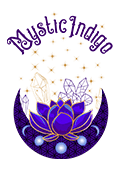Creating your own personal spiritual practice
Have you studied and learned various spiritual practices? Do you find yourself practicing those with regularity or does it take a vacation (or a lockdown – as this is the covid era) to do that?
My experience in this area has been that I’ve gleaned many things I’ve been taught or taught myself, but few become my daily practice, or if they do, then it’s for a while – a time frame which varies between weeks and years – and then I quite literally “fall off the wagon” or just stop. I’ve thought about this for the past years and have come to a place where I’m at peace with what I do and I’d like to outline components of how I practice.
I’ve understood for myself that I need a mix and that mix WILL change, and that’s how it works best for me.
Types of meditation
Meditation is a practice where an individual uses a technique – such as mindfulness, or focusing the mind on a particular object, thought, or activity – to train attention and awareness, and achieve a mentally clear and emotionally calm and stable state.
- Vipassana: The goal of vipassana meditation is self-transformation through self-observation. This is accomplished through disciplined attention to physical sensations in the body, to establish a deep connection between the mind and body.
- Mindfulness meditation is the process of being fully present with your thoughts. Being mindful means being aware of where we are and what we’re doing, and not being overly reactive to what’s going on around us. Mindful meditation can be done anywhere. Some people prefer to sit in a quiet place, close their eyes, and focus on their breathing. But you can choose to be mindful at any point of the day, including while you’re commuting to work or doing chores.
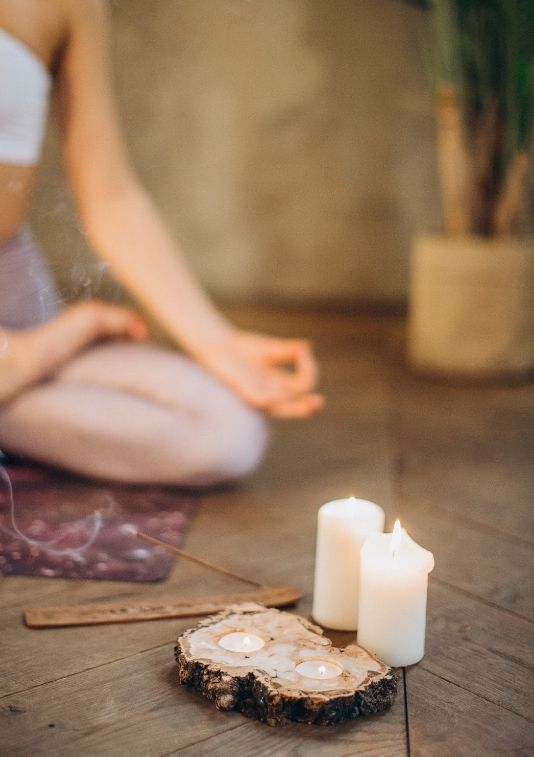
- Guided meditation, which is sometimes also called guided imagery or visualization, is a method of meditation in which you form mental pictures or situations that you find relaxing. This process is typically led by a guide or teacher, hence “guided.” It’s often suggested to use as many senses as possible, such as smell, sounds, and textures, to evoke calmness in your relaxing space.
- The practice of yoga dates back to ancient India. There are a wide variety of classes and styles of yoga, but they all involve performing a series of postures and controlled breathing exercises focusing on promoting flexibility and calm the mind. The poses require balance and concentration and practitioners are encouraged to focus less on distractions and stay more in the moment, which is a basic premise of all meditation.
- Transcendental meditation is a simple technique in which a personally assigned mantra, such as a word, sound, or small phrase, is repeated in a specific way. It’s practiced 20 minutes twice each day while sitting comfortably with the eyes closed. The idea is that this technique will allow you to settle inward to a profound state of relaxation and rest, with the goal of achieving inner peace without concentration or effort.
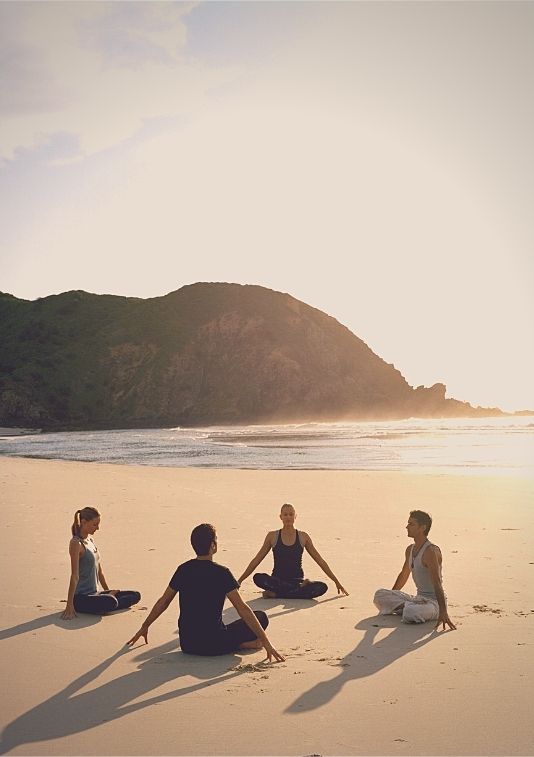
- Chakra is an ancient Sanskrit word that translates to “wheel,” and can be traced back to India. Chakras refer to the centers of energy and spiritual power in the body. There are thought to be seven chakras. Each chakra is located at a different part of the body and each has a corresponding color. This is focus technique used in guided meditation, relaxation is focused on bringing balance and well-being to the chakras. Some of these techniques include visually picturing each chakra in the body and its corresponding color.
- Metta meditation, also called Loving Kindness Meditation, is the practice of directing well wishes toward others. Those who practice recite specific words and phrases meant to evoke warm-hearted feelings. This is also commonly found in mindfulness and vipassana meditation.
Personal Rituals
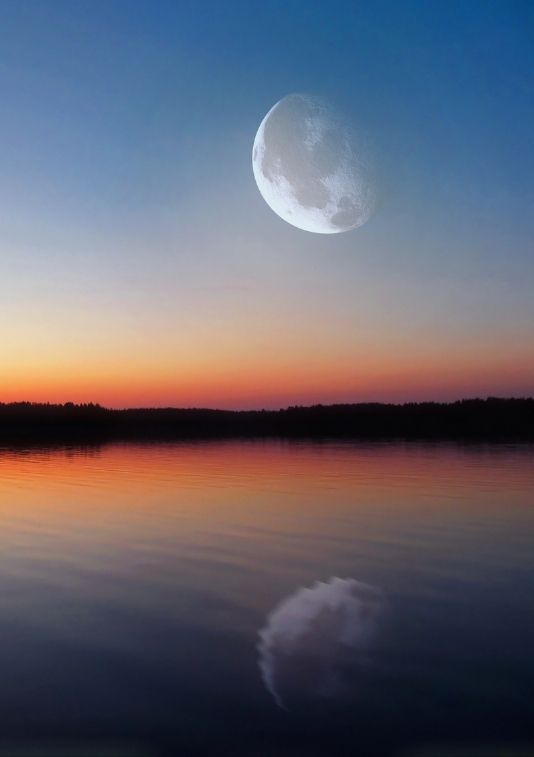
- Spring Equinox maps: I create maps that are collages where I focus on imagery and ideas that I’d like to incorporate into my new year. This is fun, lets you use your creativity and is that basis for what many now call vision boards which are similar but not the same. Spring Equinox maps are something you can create year-round, but the astrological new year is around the 21st of March every year and is a super-potent time to do this. It’s fun!!
- New Moon Rituals: the new moon, and the period 8 hours after the exact new moon (to a lesser extent 48 hours after) is another extremely potent time to set intentions for the month. These can be ongoing intentions or specific ones for a period of time.
I use various charts to calculate timing for myself and clients where the personal energies and cosmic energies line up in powerful ways.
I have personally been practicing this with very few exceptions for 37 years and have learned much about the Law of Attraction and my own resistance as a result of this ongoing practice.

- A self-healing practice to focus on yourself and all of what you are capable of. I’m a Reiki practioner and master, Reiki is my personal self-healing practice. Reiki is a Japanese form of alternative medicine called energy healing. Reiki practitioners use a technique called palm healing or hands-on healing through which “universal energy” is transferred through the palms of the practitioner to the patient in order to encourage emotional or physical healing. There are many forms of energy healing, find your favorite and practice it often.
- Finding like-minded people, creating community: Finding people to speak with, exchange ideas with and learn from is essential in this energetically new time we’ve moved into or are moving into (depending on your experience)
- Cleansing space: see blog post on energetic cleansing for more
- Creating space: this is a big topic which I will tackle in a separate post, suffice it to say that we need individually to consciously create spaces that are safe havens, whether at home or perhaps at a work space using color, sound, smells, elements that are energetically strong for our person. The first step is knowing more about that “feel we need” by listening in… understanding what our comfort zone consists of and what outward conditions help to promote calm… we are the portal; we just need to jump through.
- Nature + the elements: spending time in nature, whether “off the grid” for months at a time or out on a walk/swim/run/bike ride is absolutely essential, allows grounding and deep breathing to naturally occur as by products of exposing ourselves to the wonders of Gaia.
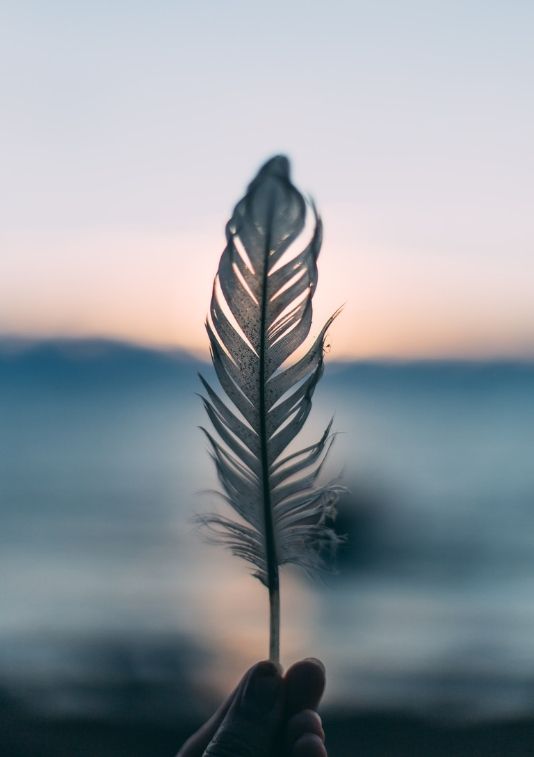
- GRATITUDE: Practicing the art of gratitude daily. Finding things to be grateful/thankful for. This practice changes everything.
- Law of Attraction: go to the source, listen to Esther Hicks channel Abraham.
create your own mix. Enjoy yourself and really tune in.
Namaste
